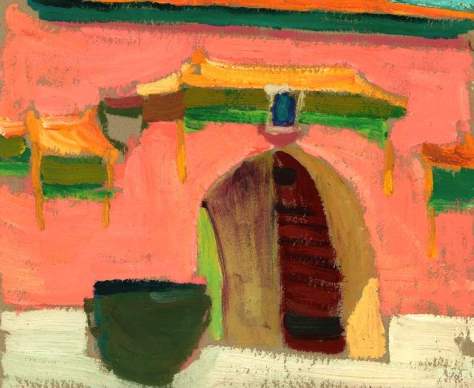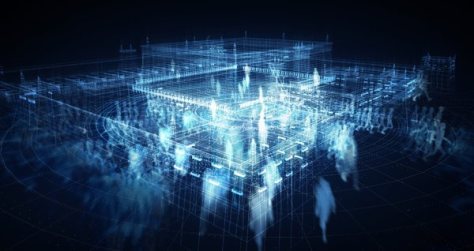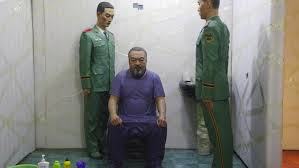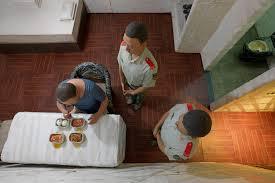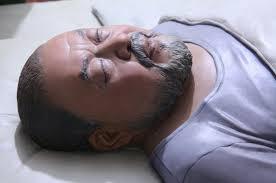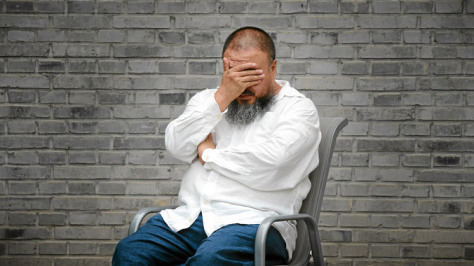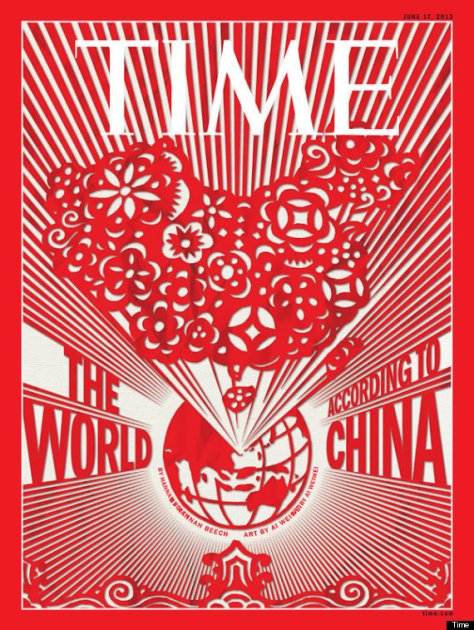The thing about origins, is that we have to keep going back to them to make them them. Ala:
Tag Archives: Venice Biennale
Ai Weiwei, Time Magazine, sculpture, detention, and an imaginative exercise of my own
Ai Weiwei is back in the public eye, now more ponderous than ever. Namely, he’s provided sculptural view of his 80+ day detention in 2011, and they are on display at Venice Biennale under the title SACRED.
Which brings me to an imaginative exercise, brought about only slightly facetiously by voluminous and similarly placed facial hair. What of our own instances of unlawful detention? Would a mock-ups, beard and all, of Abdullah al-Kidd being interrogated by CIA officials do well as art in Venice? (al-Kidd was detained for 16 days in 2003 for attempting to fly to Saudi Arabia.) If the art was well done, I suppose, it might be picked up by some adventurous curator for global art events like the one now in Italy. But, would NPR, the New York Times, and the Guardian cover them as they have Ai Weiwei’s exhibit? Obviously not. Part of the reason for that is of course that al-Kidd is not himself an artist, and therefore not eligible for artist as hero against ‘The Man’ narratives that we so readily go in for. The other reason is that al-Kidd was presumed to be a terrorist, and that just does not seem a topic worthy of reporting. Which of these two reasons is more important here I can’t say. Maybe they come out about equal.
Which brings me to Time Magazine. Last week featured a cover by Ai himself, and a report on contemporary China by Hannah Beech.
Ishaan Tharoor comments:
The consequences of China reclaiming its “rightful place” are far-reaching—a world driven by a Chinese consumer class, rather than an American one, would be already a very different place. But Beech charts the “uncomfortable realities” of China’s emergence as a superpower: its toxic environment, its awkward relations with wary neighbors, the iron-bound determination of Xi’s Communist Party to keep a stranglehold on power despite the growing frustrations of its restive population. China views itself as the Middle Kingdom, imbued with the mandate of 5,000 years of glorious history. But the rest of the world still sees a “foreign policy laggard,” preoccupied more by its insecurities than its strengths.
Read more: http://world.time.com/2013/06/06/time-cover-story-how-china-views-the-world/#ixzz2VdhLoJa1
Ai’s image thereby accompanies a narrative of China’s rise coupled with the important exercise of putting China in its place. This concerted effort requires not only all the major media to partake, but just as importantly, a legitimate, dependable, valiant, brave, native, figure like Ai Weiwei to drive it all home. It must issue from numerous places at once (Time, London, Venice, etc), and fully interweave text and image, politics and culture, without ever disrupting the dominant view: China is rising, BUT…
Zhong Biao is in Venice
Recently received the following announcement from Zhong Biao:
The curator is Xu Gang 徐钢. He’s a new figure in the Zhong Biao pantheon, near as I can tell, and professor of Chinese literature at University of Illinois.The principal sponsors are Today 今日 and Winshare 文轩美术馆 galleries, the latter of which being an appendage of Xinhua media group.
The concept is a reprisal of previous work by Zhong, who has not been inclined to change his approach much since I’ve begun following him in 2005. His artistic ideas, in other words, are repetitive, if also impressive, a curious blend. In this case, an even more simple dichotomy is at work than the one’s he’s used before, namely Reality/Fantasy, or more properly, the “unstable relationship between the two.” A cosmic element is also there, as the relationship is explored (exhibited) within “the primordial mass of the universe” 在混沌宇宙, and I wonder how the cosmic plays, through painting, other installation and video screens, within a Venetian church. Exhibiting Zhong’s work in refurbished urban warehouses, or sparkling new annexes of modern museums (the last two shows I’ve seen) seem to offer more congruency than 17th century Italian architecture. But this is difficult to say from afar. Sure do wish I was there….
